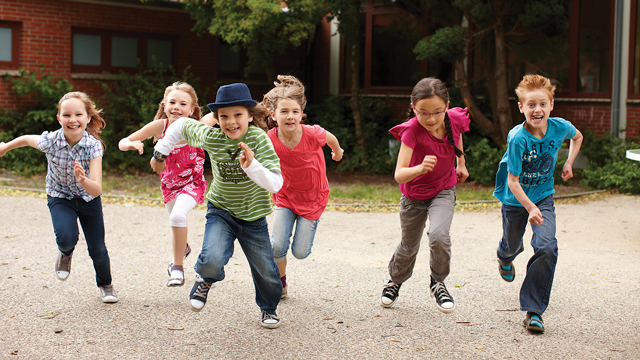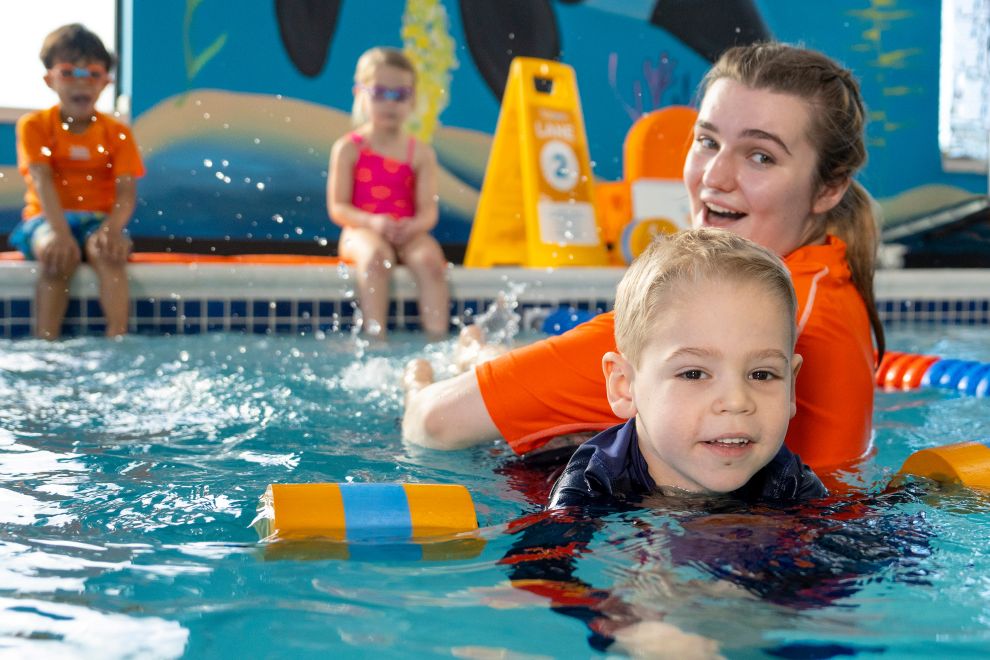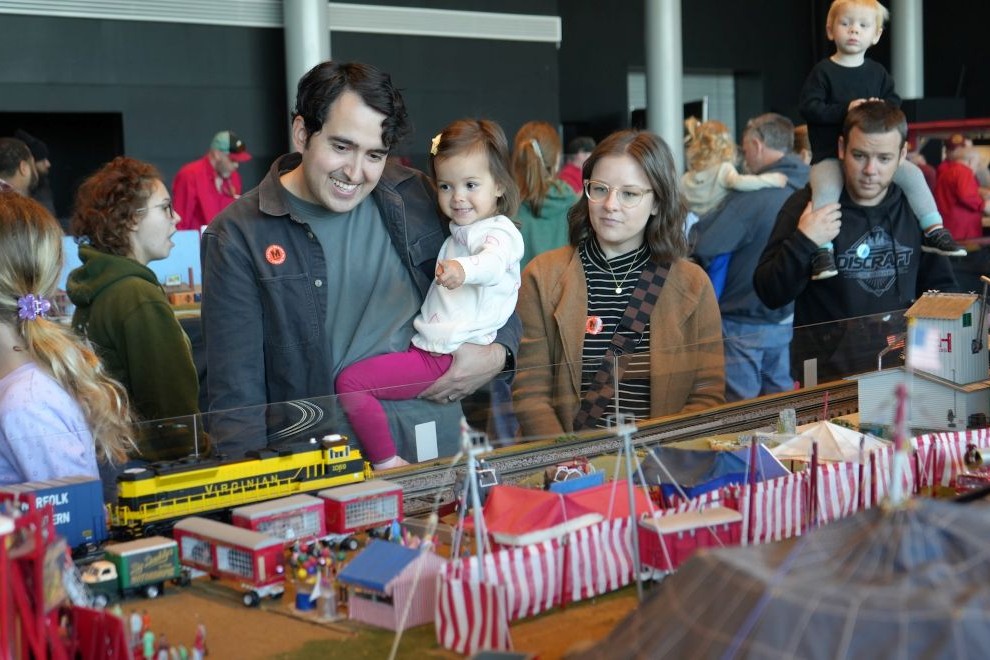Some of my fondest memories of elementary school involve playing in the woods during recess. When I taught middle school in New Jersey during the late 1990s, my students received thirty minutes of free play at lunchtime. But times have changed. Recess is not part of my eighth-grade daughter’s schedule, and my fourth grader gets only fifteen minutes a day. According to the research on recess, both of my children are losing learning potential as a result.
What is Recess?
Recess is active free play. It’s different from physical education (PE) because the activities are initiated by students. There is no lesson plan. There are no standards of learning. Therefore, in most cases, recess is the only time during the school day when students choose how to spend their time.
Since recess often looks like fun and games, its value is largely underrated. Pressure to increase students’ academic performance has resulted in the degradation of recess over the last two decades, even though there’s no evidence to support the theory that longer hours in the classroom increase student success. In fact, the opposite is true. Research actually indicates a lack of recess can result in students losing focus, becoming restless, and retaining less information.
Recess Improves Cognitive Performance
Recess is not simply a chance for exercise during an otherwise sedentary school day, and it’s more than a chance for children to hone their social skills. Recess rejuvenates cognitive performance.
According to Olga S. Jarrett, a professor at Georgia State University, research indicates the brain cannot sustain attention for longer than forty to fifty minutes. Apparently, the brain requires novelty to regain focus and downtime to process information. This is why countries like Finland and Japan schedule fifteen minutes of recess for every hour of school. It maximizes student learning. These intervals of activity stand in stark contrast to the American school schedule, which often only includes one brief recess. And, according to the Teacher’s College at Columbia University, 44 percent of U.S. elementary school-aged children living in poverty have no recess at all.
Health and PE teacher Michelle B. Reynolds of Shady Grove Elementary has worked with kids for twenty-four years. She says, “So much of a young child’s day is sitting behind a desk. They need brain breaks.” Whereas PE provides students with sequential instruction in motor skills and concepts, Reynolds maintains recess offers students a variety of life skills as well as “positive experiences with movement.”
Recess Promotes Physical Exercise
The most obvious benefit of recess is physical exercise. We’ve all seen the disturbing statistics on childhood obesity. According to the American Heart Association, “About one in three American kids and teens is overweight or obese. The prevalence of obesity in children more than tripled from 1971 to 2011.”
With so many students staying indoors after the school day ends, an active recess boosts activity levels. When given the chance, Reynolds says her students modify games they learned during PE to fit their recess needs. As far as Reynolds is concerned, “That’s the goal. It’s a practical application of what’s taught in the class.”
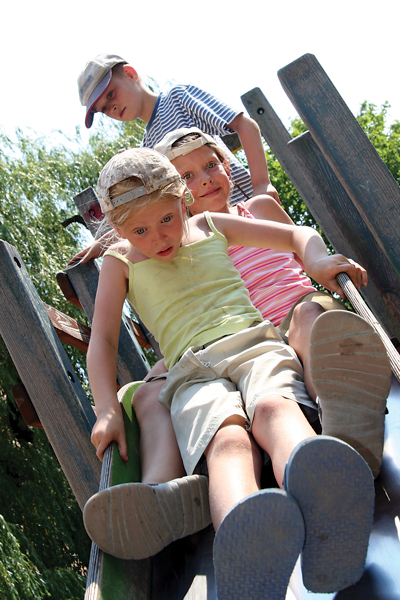
Recess Can Encourage Social Skills
Fitness isn’t the only reason to rescue recess. Experts agree that active free play also allows children to master important social skills on their own. “These days, we coddle students too much. Sometimes, they rely on us to tell them what to do,” says Reynolds. Recess ends up being the perfect opportunity to promote independence.
For example, Reynolds says when recess carts are filled with equipment, it encourages students to make choices. Will they play on their own, or in small groups? If there are only ten jump ropes, who gets a turn? Reynolds explains that recess presents students with chances to negotiate and solve problems. How many kids will be on a team – six or eight? Will they play soccer or basketball? The more children practice making decisions like these, the better they will become at them.
In this technological age, it’s easy to forget that computers aren’t companions. With many children sitting in front of screens after they leave school, recess is typically their only opportunity to practice these peer interactions. Jason Runk, who teaches PE and health at Kaechele Elementary School, says, “If kids want to play, then they will need to talk to someone. Recess provides them with a chance to form friendships.”
Recess Familiarizes Students with the Environment
Active outdoor free play also forces students to acclimate to the environment. It sounds basic, but children need to learn how to feel comfortable outside when it’s cold and when it’s hot. Runk says, “The longer students spend inside in a controlled temperature, the more extreme the outside feels.” When children go outdoors for recess, it acquaints them with their natural surroundings.
Drawing from eleven years teaching experience, Runk knows it’s not unusual for parents to call the school, especially during the winter, to request that their kids be allowed to stay inside during recess time. At Kaechele Elementary School, Runk says Principal Cindy W. Patterson understands the importance of recess and upholds the school’s policy. Patterson even goes so far as to provide teachers with an explanation they can give parents if questioned about going outside.
The reality is that in order for students to succeed year-round, they must be actively engaged in their environment during all four seasons. The fresh air invigorates their bodies and revitalizes their brains. Runk recommends that caregivers send kids to school in appropriate outdoor clothing so they’ll be prepared for recess.
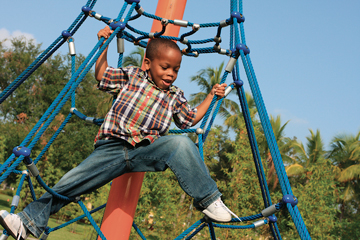
Recess Should Be Part of an Active School Day
Mary Dunne Stewart of Fit4Kids, a Richmond-based nonprofit that believes active, well-nourished children learn more at school, says, “Inactivity breeds inactivity.” If kids can start moving more in school, then they will be more likely to keep moving after it’s over. This is why Fit4Kids promotes active academics at the Title 1 schools with which it partners in the Richmond area.
As part of a comprehensive program, Fit4Kids wellness integration specialists train teachers to incorporate as much movement into the classroom as possible. These brain breaks are kinesthetic strategies intended to bolster alertness and memory retention. They include everything from what Fit4Kids calls subtraction tag to famous face relays. Fit4Kids has even placed stationary bikes and stability balls throughout schools in economically disadvantaged communities so they
can be used during silent reading. These initiatives go a long way in sending the message that physical activity must extend
beyond recess.
During this year’s Standards of Learning testing, my fourth-grade daughter’s teacher got the kids up and moving with 5- to 10-minute video dance clips from gonoodle.com. For instructors looking for other resources to get kids moving indoors, PE teacher Runk also recommends the website adventuretofitness.com, for a 30-minute educational exercise program ideal for rainy days.
Become a Recess Hero
Some districts are no longer putting outdoor basketball hoops at new schools to cut back on costs. This impacts not only the learning possibilities during recess, but it also means students can no longer return to the playgrounds after school for additional exercise.
Reynolds says area schools need both hard and soft outside surfaces on which students can play. She says, “We’re lucky [at Shady Grove] to have the funds to buy recess equipment, but not all schools are.” If students are going to get the most out of recess, they need a variety of equipment and experiences. Working together, parents, local businesses, and school administration can outfit schools with soccer goals, outdoor stages, or other equipment that encourages movement and imagination during recess.
Since Kaechele Elementary School isn’t at capacity yet, Runk says they were able to create a fitness room indoors. Teachers can sign up to bring their classes in to use the stationary bikes or the yoga mats. These kinds of innovative initiatives go a long way in getting students moving.
On the contrary, one older school of thought maintains that recess is a reward for children, rather than a right. But now, we know that missing recess as punishment should be unacceptable in our schools. The American Academy of Pediatrics recommends that recess never be withheld. Unfortunately, many elementary schools still deprive students of their active free-play time. Runk says, “You are only going to make it worse. They are going to be better learners if they have recess.”
A big part of the recess problem is that decisions are made at many levels. Only a few states have mandated recess. Fortunately, Virginia is one of them. Governor Terry McAuliffe recently approved legislation which requires that every child in kindergarten through fifth grade receive a minimum of twenty minutes of physical activity each day. This will go into effect in 2018.
In the meantime, consider becoming an advocate for recess. Many people don’t realize just how rare it has become. Join your school’s PTA next month, and encourage the purchase of supplies to be used during recess. New kick balls, hula hoops, and jump ropes are always appreciated. Consider participating in a fundraising campaign to improve school grounds. Ask your school to open the playground for twenty minutes before school
starts, and volunteer to serve as a playground monitor.
Runk reminds readers, “Humans weren’t meant to sit in a seat for hours on end.” Referencing the book Brain Rules by John Medina, Runk says, “We’ve evolved so well due to movement. It helped us learn. For generations, people have been moving. Even a hundred years ago, it wasn’t unusual for people to walk twelve miles a day.”
The reality is, if you live in the United States, you are probably not going to get twelve miles worth of movement in a day, but exercise is crucial to cognitive performance. Stewart of Fit4Kids agrees with the research: “Reducing recess for academic performance is counterproductive.”
Ultimately, if families and schools really want to leave no child behind, we’re going to have to get them all moving again. The first step might just be rescuing recess.
6 Recess Recommendations from the Experts!
Recess researcher Olga S. Jarrett of Georgia State University recommends the following number of recesses: three times a day for pre-K through third grade; two to three times a day for fourth and fifth graders; at least once a day for sixth through eighth graders. According to Heather Schumaker, author of It’s OK to Go Up the Slide, optimal learning occurs when these recess components are taken into consideration:
- Recess needs to be daily so kids can depend on it.
- Recess needs to occur at regular intervals. Schumaker explains, “A recess/lunch combination alone doesn’t offer enough breaks for healthy learning. Neither does the practice of holding recess to the last few minutes of the school day.”
- Recess needs to be at least twenty minutes long, so there’s time for students to enjoy social and cognitive benefits.
- PE class is not a substitute for recess.
- Recess should occur before lunch to avoid food waste. Research shows students anxious to get moving throw out most of their meal.
- Recess benefits children through age twelve, so recess for students through eighth grade should be the goal.


